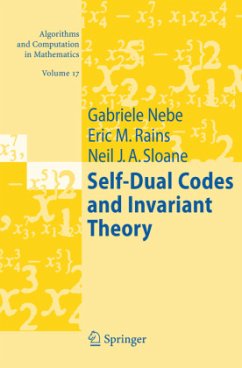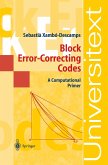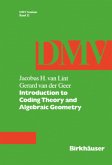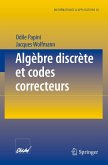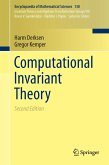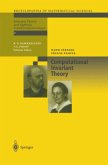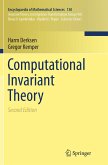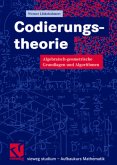One of the most remarkable and beautiful theorems in coding theory is Gleason's 1970 theorem about the weight enumerators of self-dual codes and their connections with invariant theory. In the past 35 years there have been hundreds of papers written about generalizations and applications of this theorem to different types of codes. This self-contained book develops a new theory which is powerful enough to include all the earlier generalizations.
It is also in part an encyclopedia that gives a very extensive list of the different types of self-dual codes and their properties, including tables of the best codes that are presently known. Besides self-dual codes, the book also discusses two closely-related subjects, lattices and modular forms, and quantum error-correcting codes.
This book, written by the leading experts in the subject, has no equivalent in the literature and will be of great interest to mathematicians, communication theorists, computer scientists and physicists.
It is also in part an encyclopedia that gives a very extensive list of the different types of self-dual codes and their properties, including tables of the best codes that are presently known. Besides self-dual codes, the book also discusses two closely-related subjects, lattices and modular forms, and quantum error-correcting codes.
This book, written by the leading experts in the subject, has no equivalent in the literature and will be of great interest to mathematicians, communication theorists, computer scientists and physicists.
From the reviews:
"This book under review the general notions of form rings and their representations ... . This book, introducing a new unifying theory and its applications to a wealth of substantial examples, is certainly written for experts in the field." (Jürgen Müller, Mathematical Reviews, Issue 2007 d)
"This book under review the general notions of form rings and their representations ... . This book, introducing a new unifying theory and its applications to a wealth of substantial examples, is certainly written for experts in the field." (Jürgen Müller, Mathematical Reviews, Issue 2007 d)
Aus den Rezensionen: "... Die Bedeutung dieses Buchs liegt einerseits darin, dass eine neue einheitliche Theorie für die Verallgemeinerung des Konzepts 'Linearer Code' geschaffen wird, andererseits aber auch darin, dass unter enormem Rechnereinsatz eine Unzahl expliziter Daten von Codes präsentiert wird, die zum Teil neu sind oder aber auch bisher bekannte Daten korrigieren." (Günter Lettl, in: IMN - Internationale Mathematische Nachrichten, 2009, Issue 210, S. 51)

